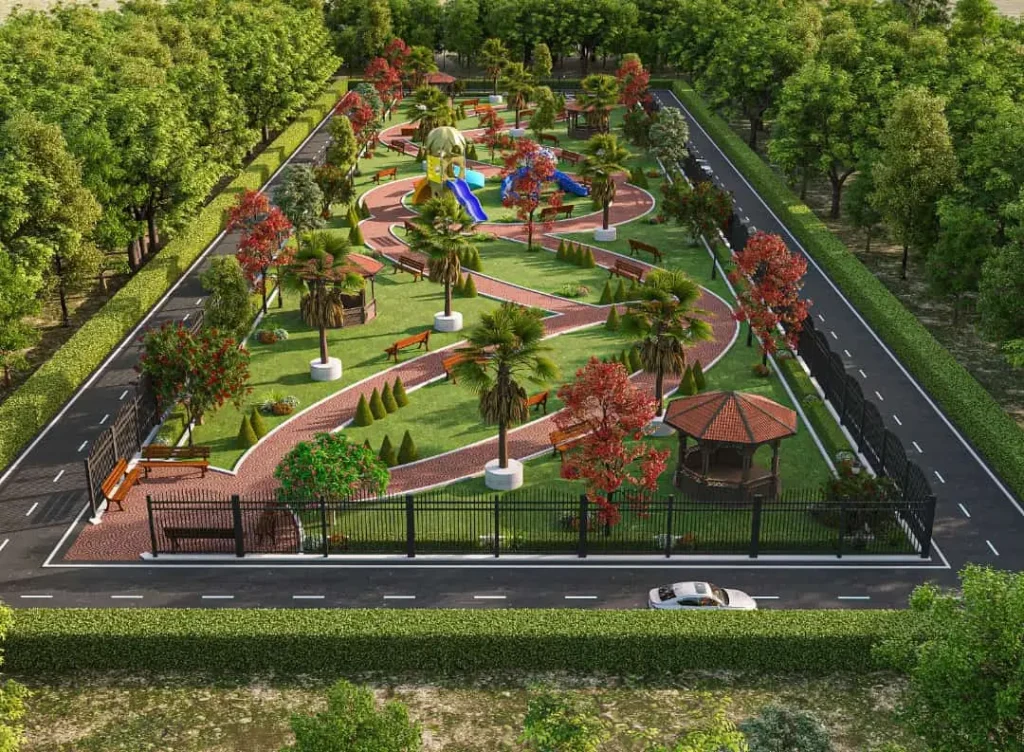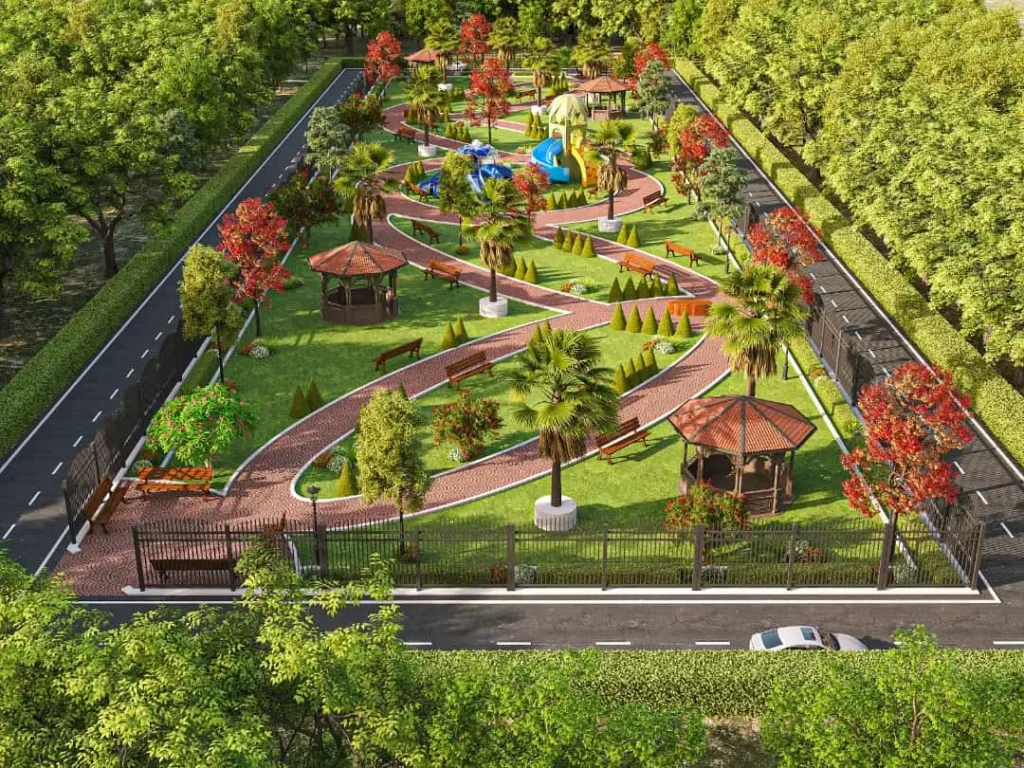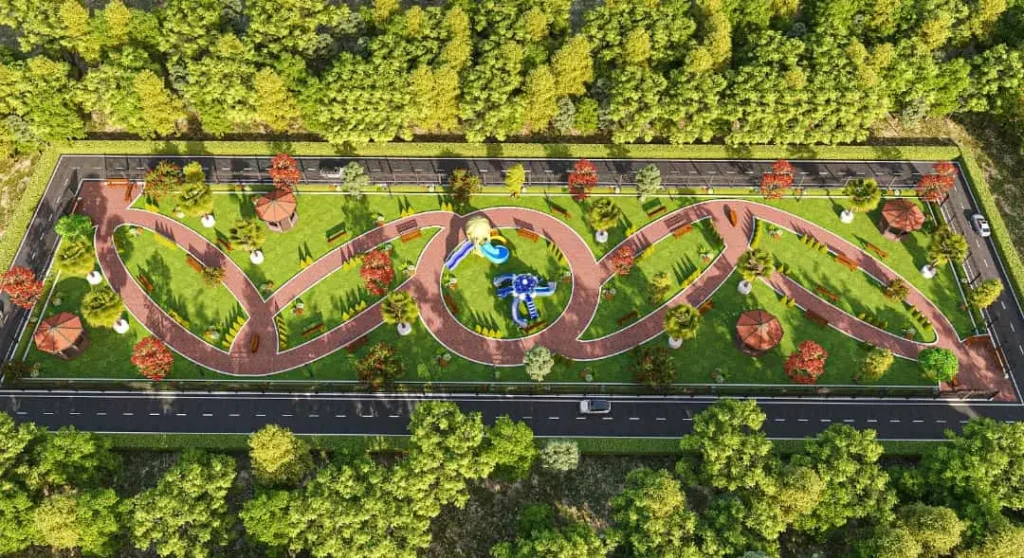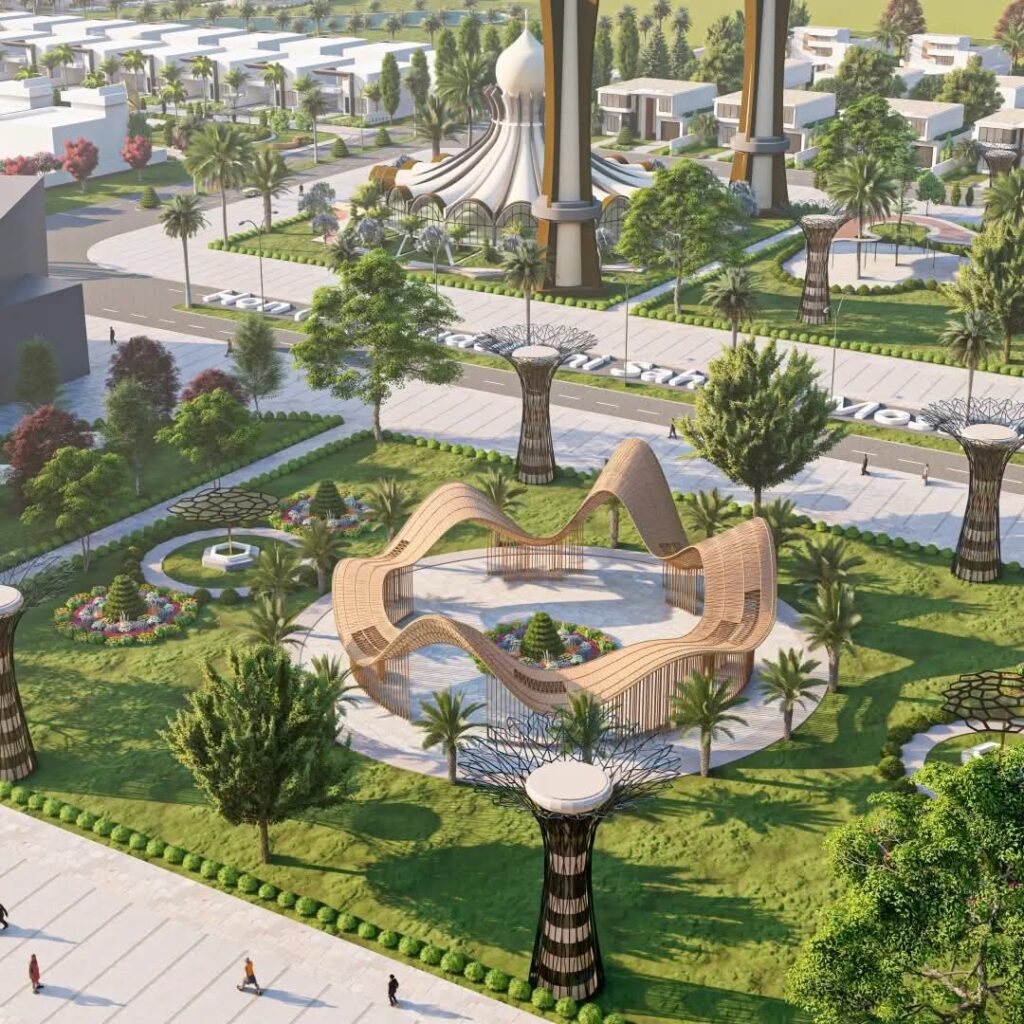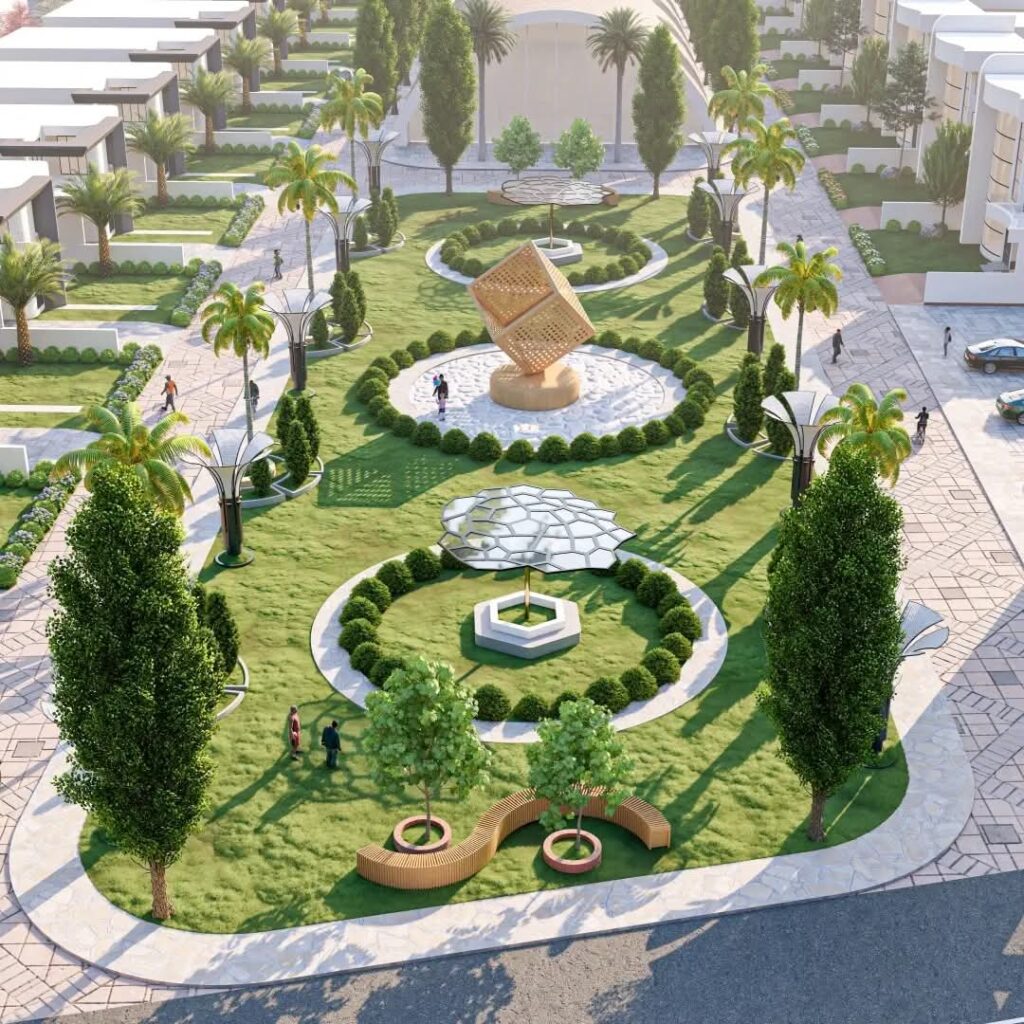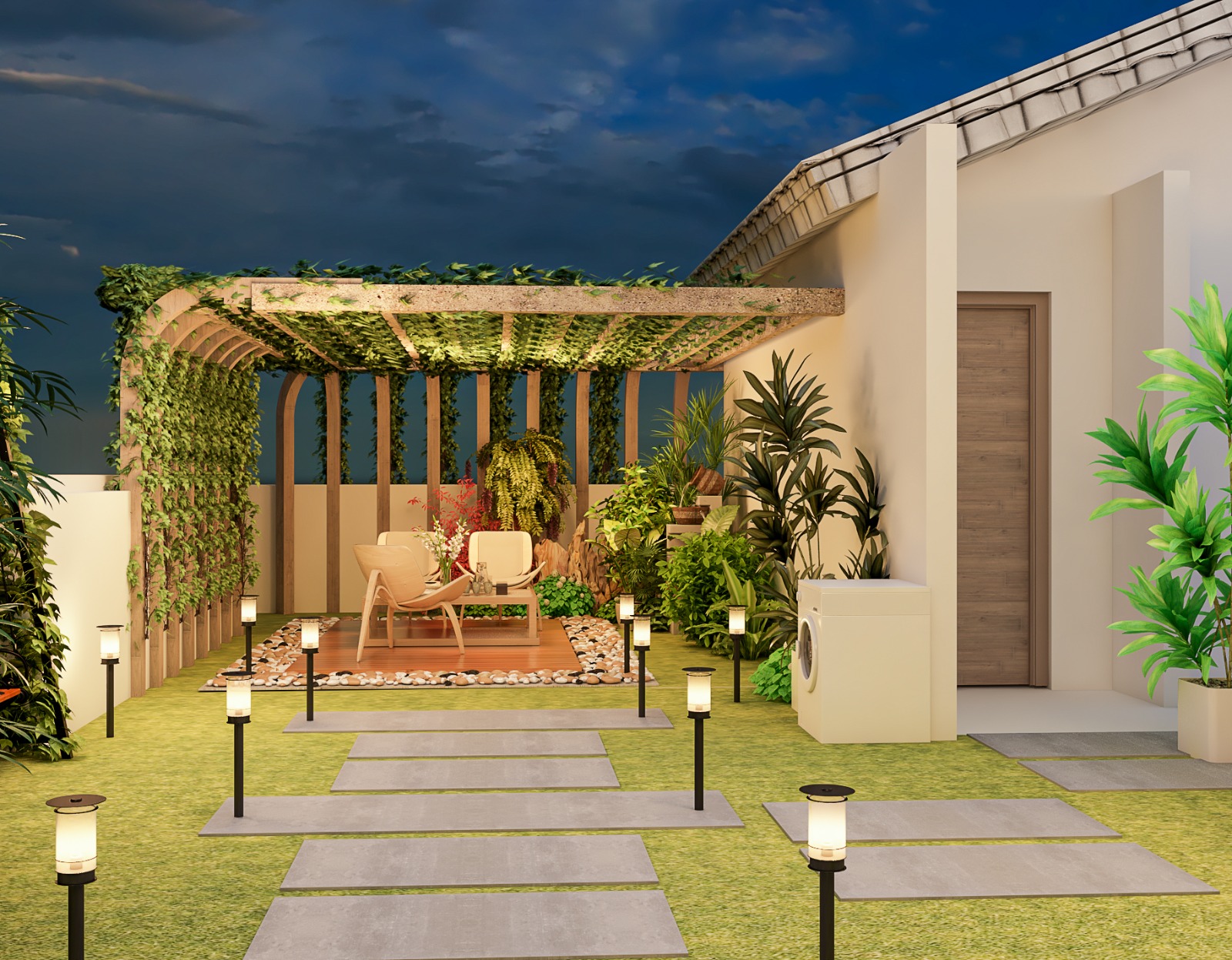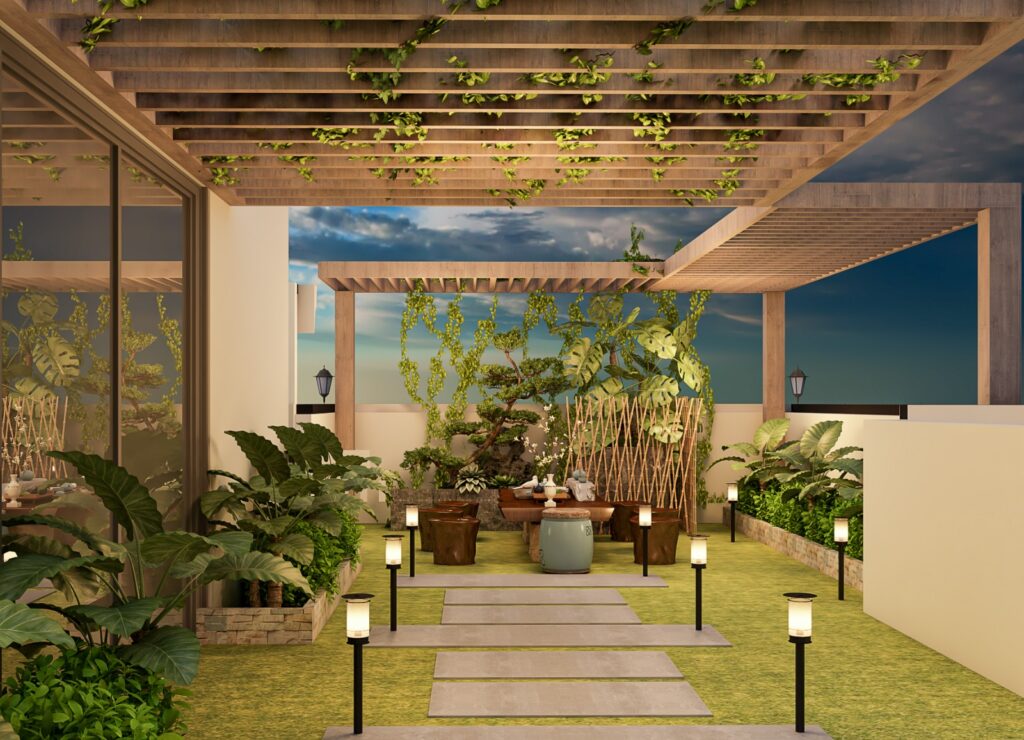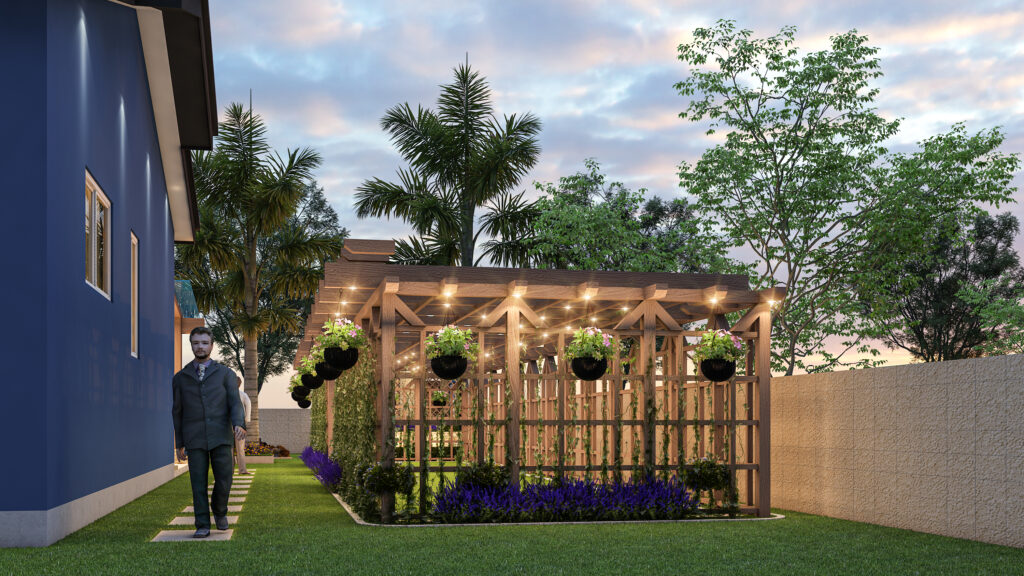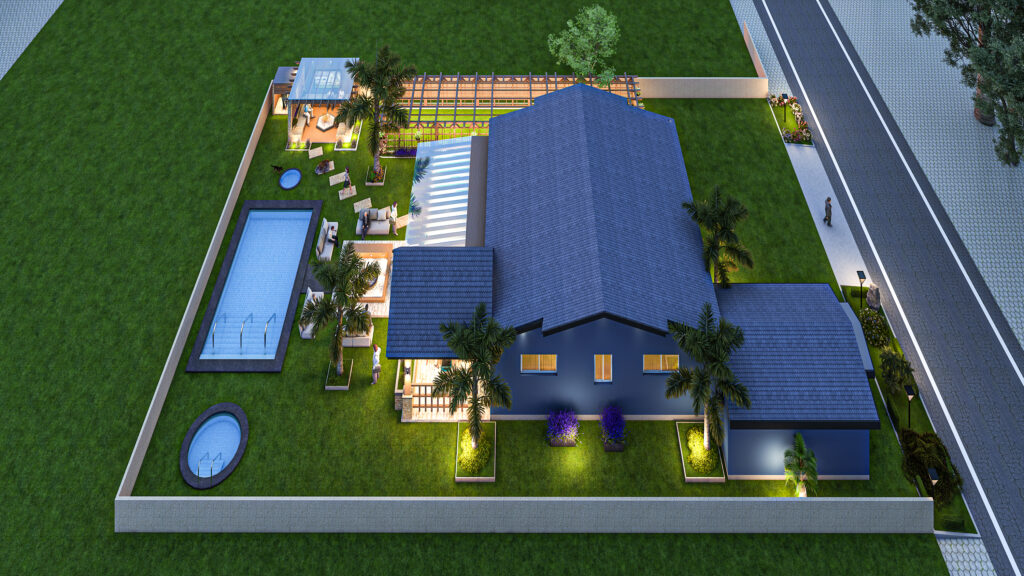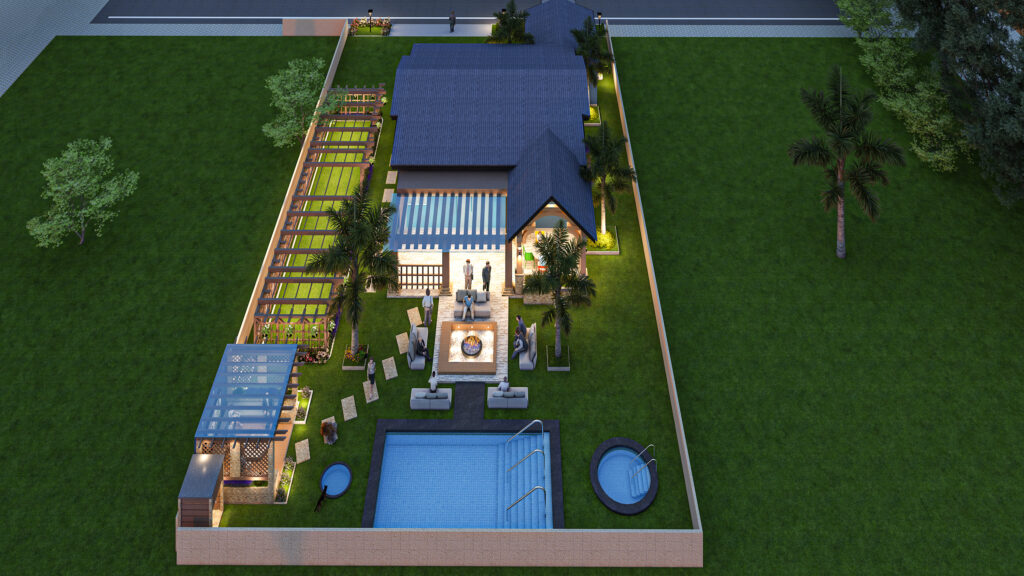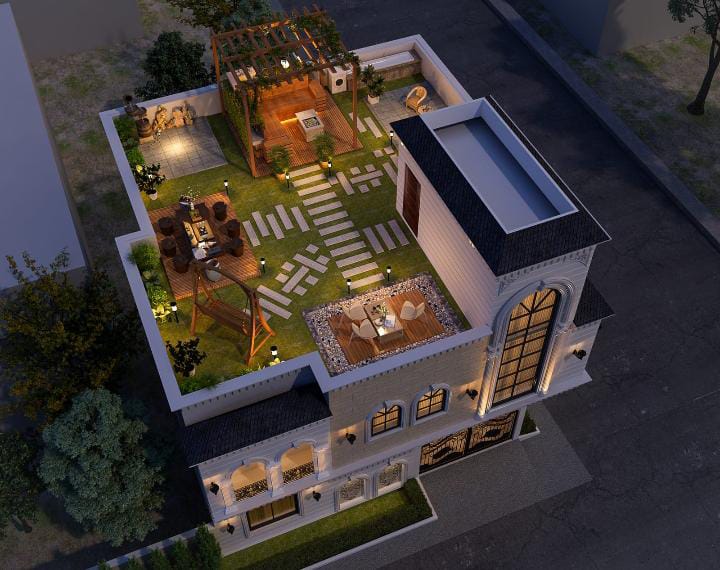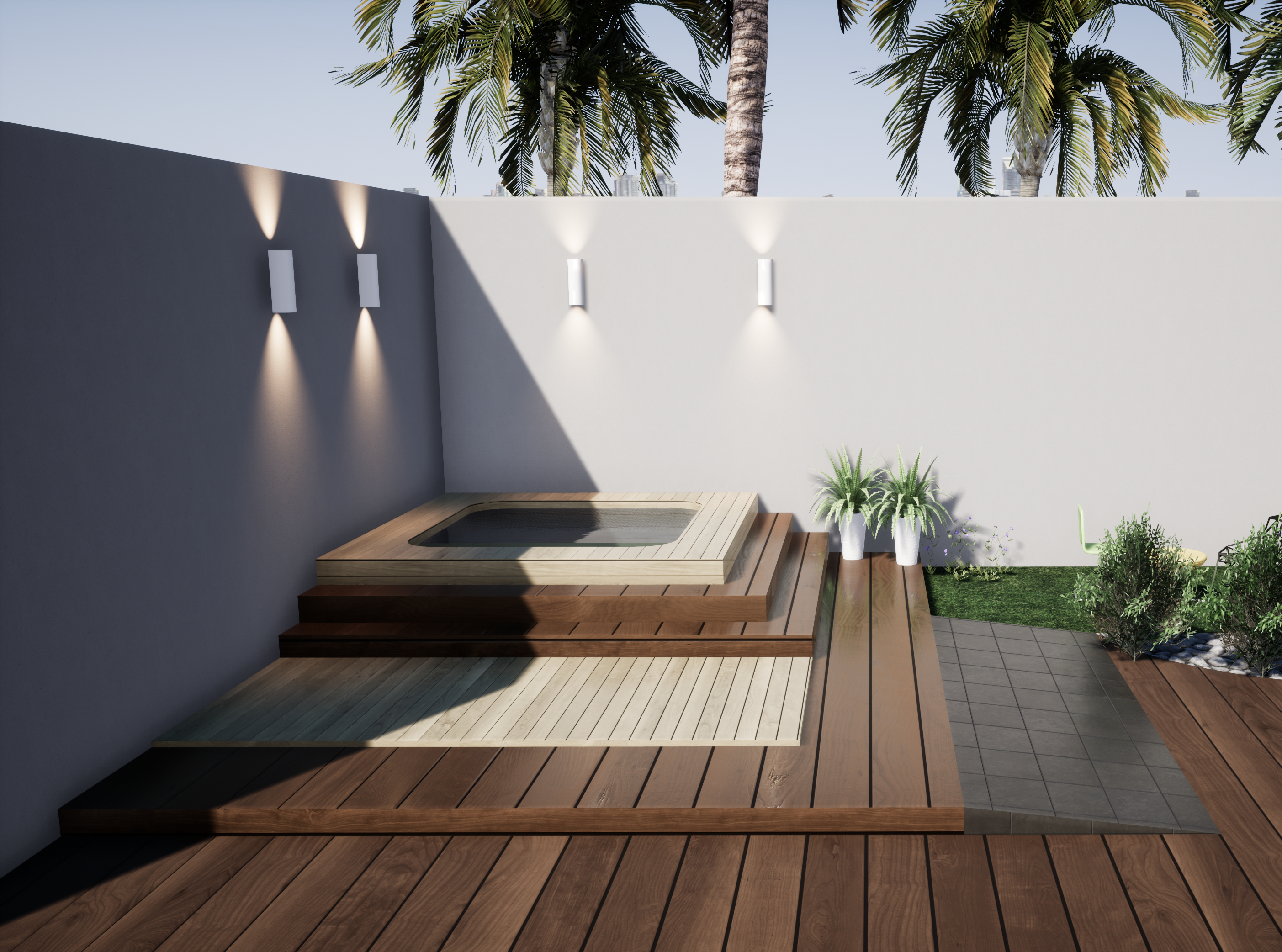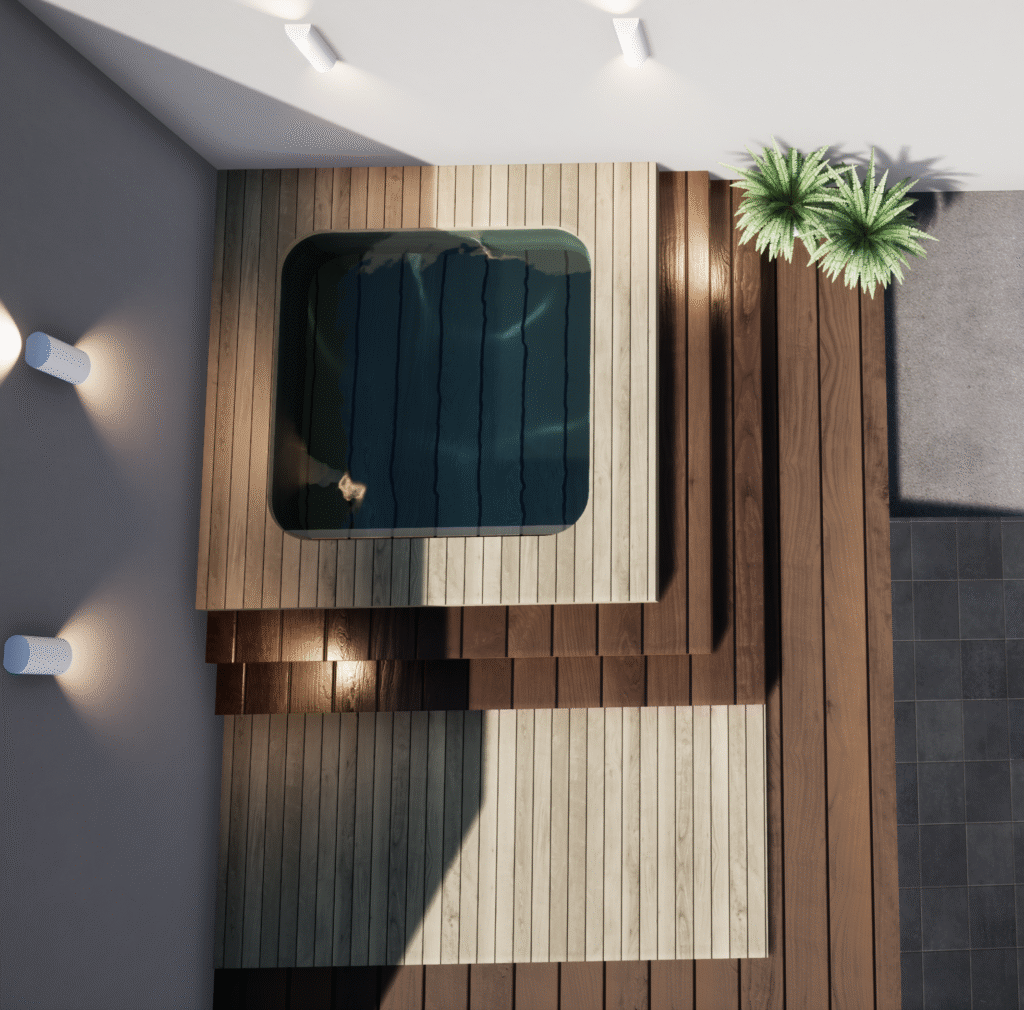LandScape Design:
Landscape design is the art and process of planning and creating outdoor spaces that are both beautiful and functional. It involves the careful arrangement of natural elements (such as plants, trees, and water features) along with human-made elements (like pathways, patios, walls, and lighting) to enhance the aesthetic appeal and usability of outdoor areas.
Landscape design goes beyond just planting flowers or laying out grass—it focuses on the overall design of the environment, ensuring harmony between the built and natural surroundings. Good landscape design considers climate, soil, and sustainability, creating spaces that are both visually stunning and environmentally responsible.
Key Elements of Landscape Design:
- Plant Selection and Placement
- Trees, Shrubs, and Flowers: Choosing plants that suit the climate, soil, and aesthetic preferences of the project. The placement of each plant is strategic to ensure beauty, privacy, and natural flow of the design.
- Perennials vs. Annuals: Depending on the space, landscape designers decide on a mix of perennials (plants that come back year after year) and annuals (plants that need to be replanted annually).
- Hardscape Design
- Paths and Walkways: Design of functional and attractive walkways that guide visitors through the outdoor space. Materials such as stone, brick, or gravel are used depending on the desired look and functionality.
- Patios and Decks: Outdoor living spaces are designed with seating, dining areas, and functional zones. These spaces are made of durable materials such as wood, composite, or stone to withstand outdoor conditions.
- Walls and Fencing: Retaining walls, privacy screens, and decorative fences are incorporated to define spaces, control erosion, or create privacy.
- Water Features: Ponds, fountains, streams, or waterfalls can be designed to add tranquility, create visual interest, and attract wildlife.
- Lighting Design
- Ambient and Accent Lighting: Strategically placed lighting adds ambiance and highlights focal points such as trees, sculptures, or architectural elements.
- Pathway Lighting: Lighting along pathways, steps, and entrances ensures safety while enhancing the nighttime beauty of the space.
- Energy-Efficient Solutions: Solar-powered lighting and low-voltage options are increasingly used to reduce energy consumption and promote sustainability.
- Irrigation Systems
- Water Conservation: Landscape designers incorporate efficient irrigation systems, such as drip irrigation or rainwater harvesting, to minimize water use.
- Automatic Systems: Modern irrigation systems are designed with timers and sensors to ensure that plants receive the right amount of water, reducing waste and ensuring healthy growth.
- Sustainability Features
- Native Plants: Using indigenous plants that are adapted to the local environment helps to conserve water, reduce maintenance, and support local wildlife.
- Green Roofs and Walls: Installing vegetation on rooftops or walls to promote insulation, reduce energy costs, and enhance air quality.
- Rain Gardens: Designing areas to capture and filter rainwater runoff, preventing erosion and promoting water conservation.
- Outdoor Living Spaces
- Seating Areas: Comfortable, shaded seating zones with benches, chairs, or hammocks that invite relaxation and socialization.
- Outdoor Kitchens and Dining: Designing fully equipped kitchens, BBQ areas, and dining spaces that extend the living area into the outdoors.
- Fire Pits or Fireplaces: Adding warmth and ambiance to outdoor gatherings, fire pits or fireplaces are designed for year-round use in both residential and commercial landscapes.
- Site Analysis and Planning
- Topography: Understanding the land’s slope, drainage patterns, and soil type is crucial for designing functional and sustainable landscapes.
- Microclimates: Identifying areas of the site that are more shaded, wind-sheltered, or sunny helps in selecting plants that will thrive in the specific conditions.
Process of Landscape Design:
- Consultation and Site Evaluation
- The first step involves understanding the client’s vision, needs, and budget for the outdoor space.
- A site visit is conducted to evaluate existing conditions such as sunlight, wind, soil quality, and views.
- Any challenges, such as drainage issues or difficult terrain, are assessed at this stage.
- Conceptual Design
- A design concept is developed, outlining the layout, key elements, and overall aesthetic of the space. This is typically presented as a rough sketch or digital rendering.
- The design considers how the outdoor space will be used, whether for relaxation, entertainment, or gardening.
- Detailed Design and Planning
- Once the concept is approved, detailed plans are created, specifying plant choices, hardscape materials, lighting, irrigation, and other design elements.
- The final design includes measurements, material specifications, and phased implementation plans.
- Implementation
- The landscape design is implemented by a team of skilled landscapers and contractors.
- Hardscape features, irrigation systems, and planting are installed according to the design plan.
- Maintenance and Care
- After the landscape is established, regular maintenance is recommended to ensure the health of plants, the proper functioning of irrigation, and the preservation of hardscape elements.
- Seasonal adjustments, pruning, and care for specific plant varieties may also be required.
Benefits of Landscape Design:
- Aesthetic Appeal: Well-designed landscapes create visually pleasing outdoor environments that enhance the property’s value and curb appeal.
- Increased Property Value: A thoughtfully designed landscape can increase a home’s or business’s market value and attract potential buyers.
- Functional Outdoor Spaces: A good design provides usable outdoor areas for recreation, dining, and entertaining, enhancing the quality of life.
- Environmental Sustainability: Landscape design can reduce water consumption, promote local biodiversity, and help manage stormwater.
- Health and Well-being: Green spaces promote relaxation, mental well-being, and outdoor activities that contribute to physical health.
